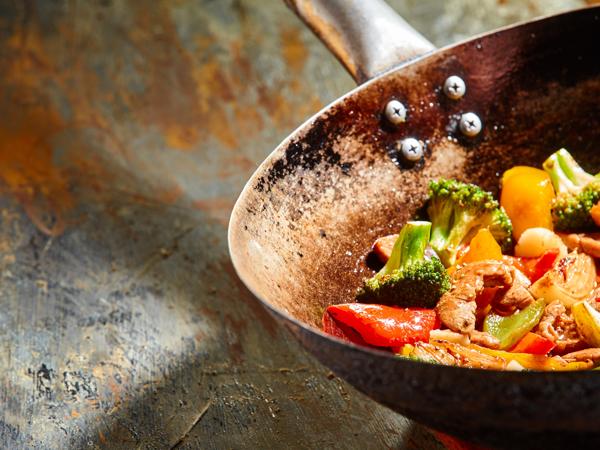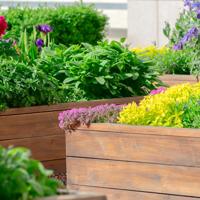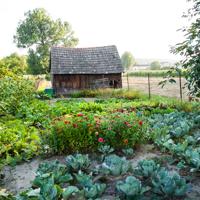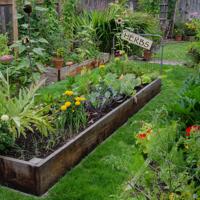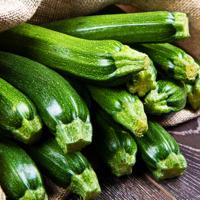Welcome to Bistro Garden, where we celebrate sustainable gardening and a garden-to-table lifestyle. Today, we’re diving into a simple yet delightful dish: stir-fry with fresh garden vegetables. This recipe is inspired by the changing seasons and the vibrant produce you can grow or source locally.
Stir-frying is a versatile cooking technique, originating from China, that allows for quick preparation while preserving the flavors and nutrients of each ingredient. Our version combines a variety of textures and colors, making each bite a unique experience.
Selecting Your Vegetables
The beauty of a garden vegetable stir-fry lies in its flexibility. You can use whatever vegetables you have on hand. However, here’s a guide to choosing some common garden vegetables that work well together:
- Bell Peppers: These add a sweet crunch and are rich in vitamins A and C.
- Broccoli: Known for its hearty texture, broccoli adds a satisfying bite and is full of fiber.
- Carrots: Slice them thinly to release their natural sweetness and vibrant color.
- Zucchini: Soft and mild, zucchini absorbs the flavors of the stir-fry sauce beautifully.
- Onions: Whether you prefer red, white, or yellow, onions add aromatic notes and depth.
- Snap Peas: They bring a lovely crispness and are packed with vitamin K.
Feel free to mix and match as the seasons change or as your harvest varies. Vegetable stir-frying is a forgiving art; embrace what you have.
Preparing Your Ingredients
For a successful stir-fry:
-
Wash your vegetables thoroughly. Even homegrown produce needs a good rinse to ensure no soil or pests remain.
-
Cut them evenly. Uniform pieces will cook more evenly. Aim for bite-sized, thin slices or juliennes.
-
Organize by cooking time. Start with the vegetables that take longer to cook, like broccoli and carrots. Add softer ones, like zucchini and bell peppers, later.
Basic Stir-Fry Technique
-
Heat the Pan: Use a wok or large frying pan and heat it over medium-high heat. A hot pan is crucial to achieve a good sear.
-
Add Oil: Use a high-smoke-point oil like canola, peanut, or grapeseed.
-
Start with Aromatics: If desired, initiate with garlic, ginger, or onion for a fragrant base.
-
Cook the Vegetables: Begin by adding the vegetables that need the most cooking time, stirring frequently to prevent sticking or burning. Add the rest in stages, ensuring each retains a slight crunch.
-
Season Lightly: Add soy sauce, sesame oil, or any seasoning you prefer towards the end to prevent burning and maintain freshness.
Simple Stir-Fry Sauce
A straightforward sauce can tie the dish together. Mix the following ingredients to taste:
- 2 tablespoons of soy sauce
- 1 tablespoon of oyster sauce (or vegetarian alternative)
- 1 tablespoon of rice vinegar or lemon juice
- A pinch of sugar or a drizzle of honey
- Optional: A dash of chili flakes for heat
Why Garden-to-Table Matters
Growing your own vegetables fosters a deeper connection with nature while promoting sustainability. You reduce reliance on store-bought options, minimize your carbon footprint, and know exactly what goes into your food.
Moreover, freshly harvested vegetables often pack more flavor and nutrients compared to those that have traveled long distances. Research by the University of California suggests that some vegetables lose about 30% of their nutrients within three days of harvest. Thus, consuming what you grow can be quite rewarding.
Personal Connection
Stir-frying fresh garden vegetables has become a calming ritual for me. From foraging through the leaves to sizzling the first onion slice, it’s a practice in mindfulness and appreciation. Plus, the satisfaction of creating a meal from my own efforts is invaluable.
By cultivating a garden and embracing a garden-to-table lifestyle, we contribute a small part to a healthier environment and enjoy meals that reflect our personal journeys through the changing seasons.
Take this recipe, adapt it, and make it your own. Happy cooking from all of us at Bistro Garden.
